
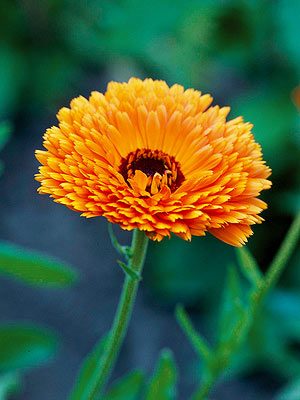
Light:
Part Sun,
Sun
Type:
Annual
Height:
1 to 3 feet
Width:
1-2 feet wide
Flower Color:
Orange
Foliage Color:
Chartreuse/Gold
Seasonal Features:
Fall Bloom,
Summer Bloom
Special Features:
Attracts Birds,
Cut Flowers,
Good for Containers,
Low Maintenance
how to grow Calendula
Propagation
Seed
garden plans for Calendula
Annual Raised-Bed Garden Plan
more varieties for Calendula

‘Candyman Orange’ calendula
Calendula ‘Candyman Orange’ offers double orange flowers on compact plants that grow only 1 foot tall.

‘Daisy Mix’ calendula
Calendula ‘Daisy Mix’ offers single flowers in shades of yellow, apricot, and orange.

‘Spring Surprise’ calendula
Calendula ‘Spring Surprise’ offers double yellow, orange, and apricot blooms on 2-foot-tall plants.
plant Calendula with

Chrysanthemum
Chrysanthemums are a must-have for the fall garden. No other late-season flower delivers as much color, for as long and as reliably as good ol’ mums.
Beautiful chrysanthemum flowers, available in several colors, bring new life to a garden in the fall. Some varieties have daisy blooms; others may be rounded globes, flat, fringed, quill shape, or spoon shape. They work exceptionally well in container plantings and pots.
Learn more about using mums for a fall-flowering garden.

Osteospermum
Osteospermum adds instant cheer to spring and fall gardens with its colorful, daisy-shape flowers and dark green foliage. The blooms are wonderful for cutting and appear in a wide range of colors. In fact, it’s such a striking plant that cut flowers sometimes look artificial!The plant does best in full sun or part shade and moist, well-drained soil. It likes cool weather, so in hot-summer areas, it blooms best in spring and fall. Though grown as an annual in most parts of the country, it is perennial in Zones 10-11.

Snapdragon
Few gardens should be without the easy charm of snapdragons. They get their name from the fact that you can gently squeeze the sides of the intricately shaped flower and see the jaws of a dragon head snap closed. The blooms come in gorgeous colors, including some with beautiful color variations on each flower. Plus, snapdragons are an outstanding cut flower. Gather a dozen or more in a small vase and you’ll have one of the prettiest bouquets around.Snapdragons are especially useful because they’re a cool-season annual, coming into their own in early spring when the warm-season annuals, such as marigolds and impatiens, are just being planted. They’re also great for fall color.Plant snapdragon in early spring, a few weeks before your region’s last frost date. Deadhead regularly for best bloom and fertilize regularly. Snapdragons often self-seed in the landscape if not deadheaded, so they come back year after year, though the colors from hybrid plants will often will be muddy looking. In mild regions, the entire plant may overwinter if covered with mulch.Shown above: ‘Rocket Red’ snapdragon
Grow annuals in the perfect container garden
Tips for Container Gardening
-
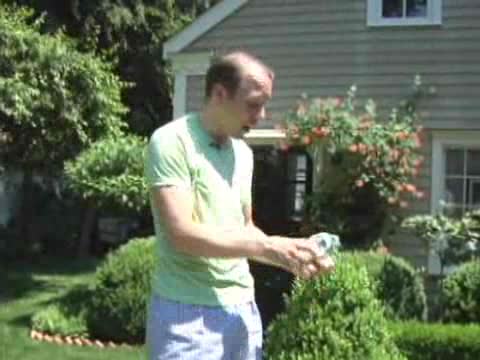
Container Plants
-
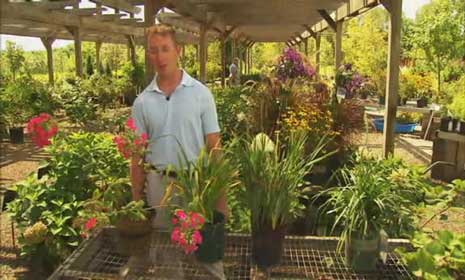
How to Pick Healthy Plants
-
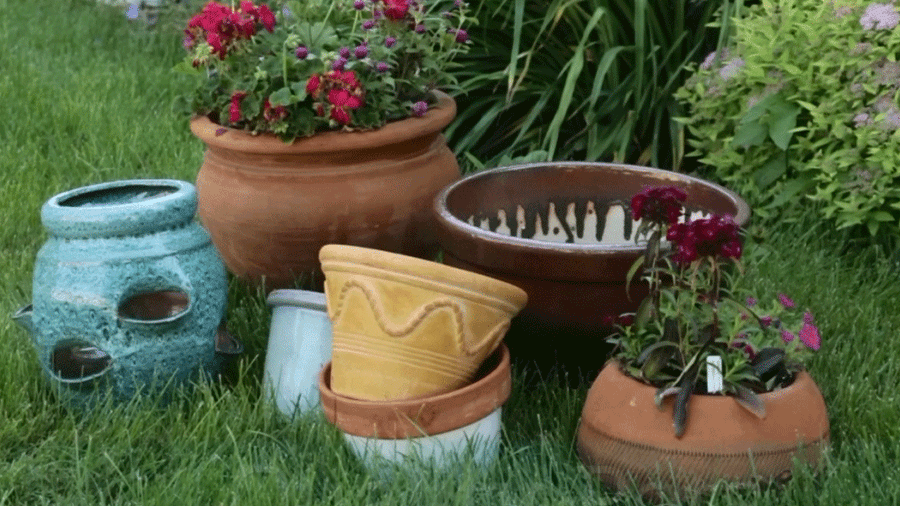
Choosing the Right Pot for Your Container Garden
-
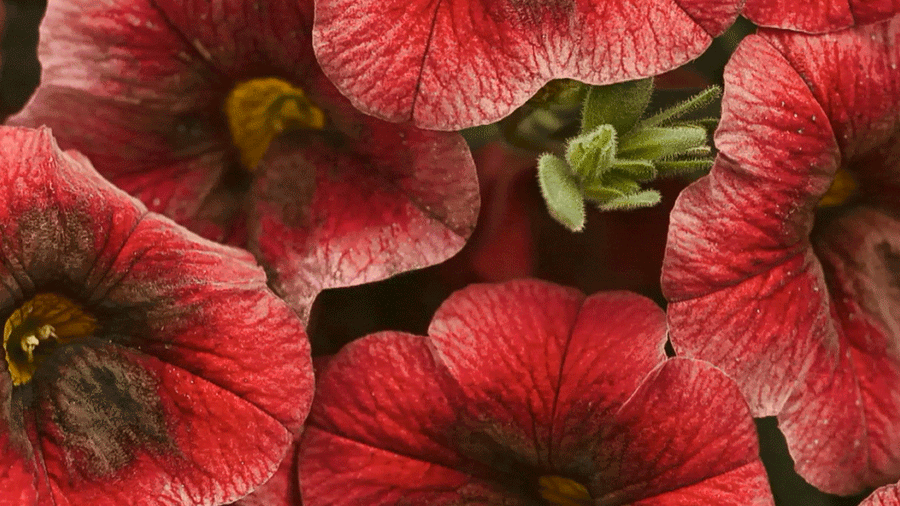
The Best Flowers for Hanging Baskets
more videos
SOURCE:http://www.bhg.com/gardening/plant-dictionary/annual/calendula/